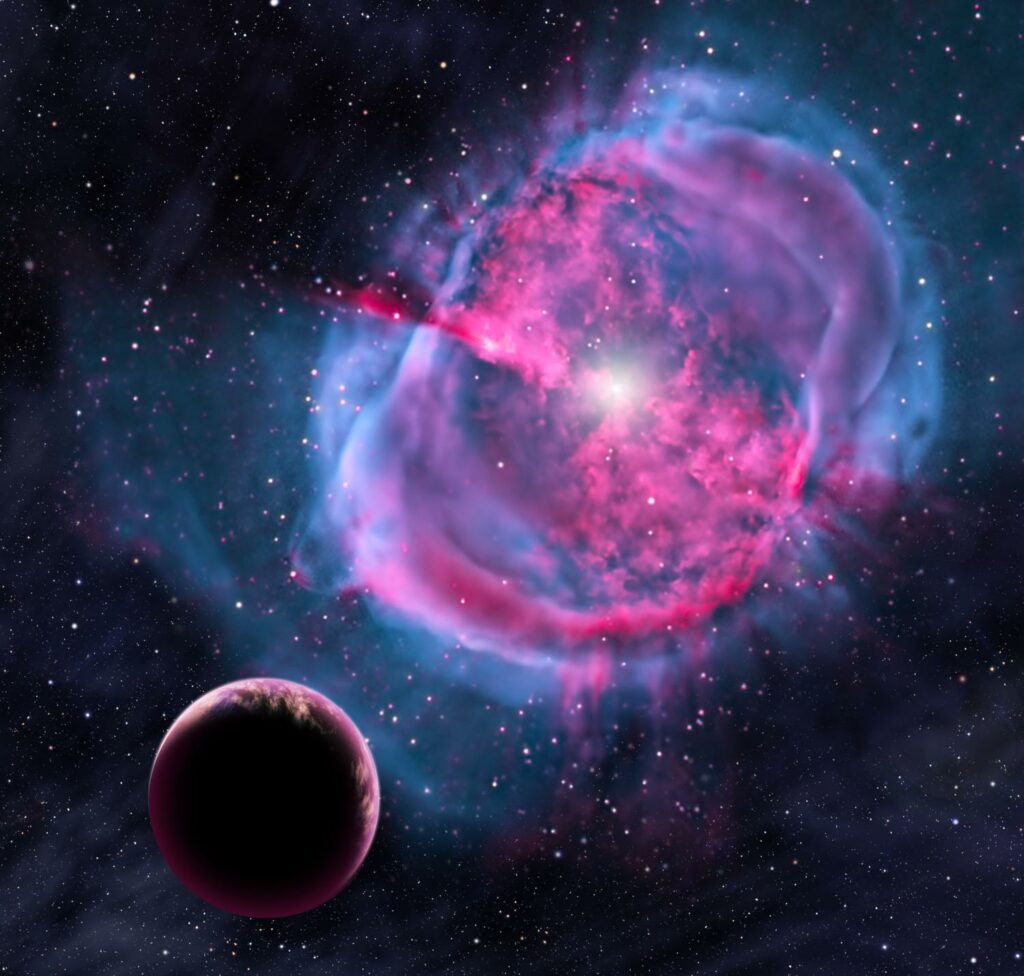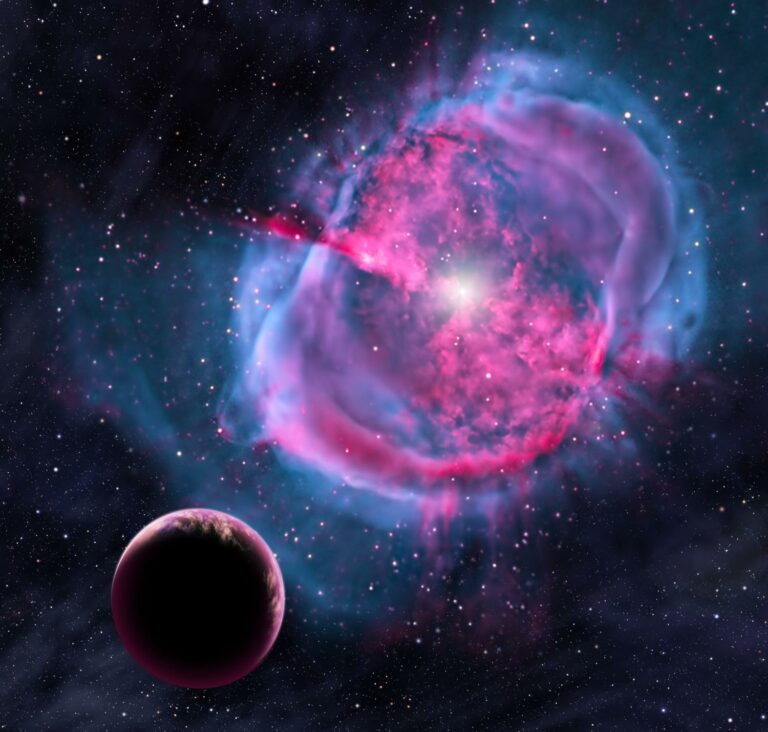Discovery of Eight New Planets Within the ‘Goldilocks’ Zone
Today, astronomers made an exciting announcement regarding the discovery of eight new planets in the “Goldilocks” zone of their respective stars. This zone refers to the distance at which liquid water can exist on a planet’s surface, making it potentially habitable. This discovery effectively doubles the number of small planets, which are less than twice the diameter of Earth, believed to be in the habitable zone of their parent stars. Among these eight planets, two have been identified as the most similar to Earth out of all the known exoplanets to date.
Lead author Guillermo Torres from the Harvard-Smithsonian Center for Astrophysics (CfA) explains that most of these planets have a high likelihood of being rocky, similar to Earth. These significant findings were announced during a press conference at a meeting of the American Astronomical Society.
The two most Earth-like planets in this group are Kepler-438b and Kepler-442b. Both of these planets orbit red dwarf stars, which are smaller and cooler than our Sun. Kepler-438b completes one orbit around its star every 35 days, while Kepler-442b takes 112 days to complete one orbit.Kepler-438b, with a diameter just 12 percent larger than Earth, has a 70-percent chance of being rocky according to the team’s calculations. On the other hand, Kepler-442b is about one-third larger than Earth but still has a 60-percent chance of being rocky.

For a planet to be considered in the habitable zone, it must receive a similar amount of sunlight as Earth. Too much sunlight would cause water to evaporate, while too little would result in water freezing solid. Guillermo Torres explains that the team chose to adopt the broadest possible limits for their calculations, ensuring that suitable conditions for life are considered.Kepler-438b receives approximately 40 percent more light than Earth, making it highly likely to be in the habitable zone of its star. To put this into perspective, Venus receives twice as much solar radiation as Earth.
The scientists from the CfA explain that they cannot confirm whether any of the planets in their study are truly habitable. However, they do consider them to be promising candidates. Prior to this study, the most Earth-like planets known were Kepler-186f and Kepler-62f, which receive 32 percent and 41 percent as much light as Earth, respectively. The team used a computer program called BLENDER to validate the planets, as they were too small to measure their masses directly. They also conducted follow-up observations to gather more information about the systems. These observations revealed that four of the newly validated planets are in multiple-star systems, but the companion stars do not significantly affect the planets. The newly found planets, including Kepler-442b, are located at considerable distances from Earth, making further observations challenging. Kepler-438b is 470 light-years away, while Kepler-442b is 1,100 light-years away.
This article is republished from PhysORG under a Creative Commons license. Read the original article.
Do not forget to share your opinion with us to provide you with the best posts !




0 Comments